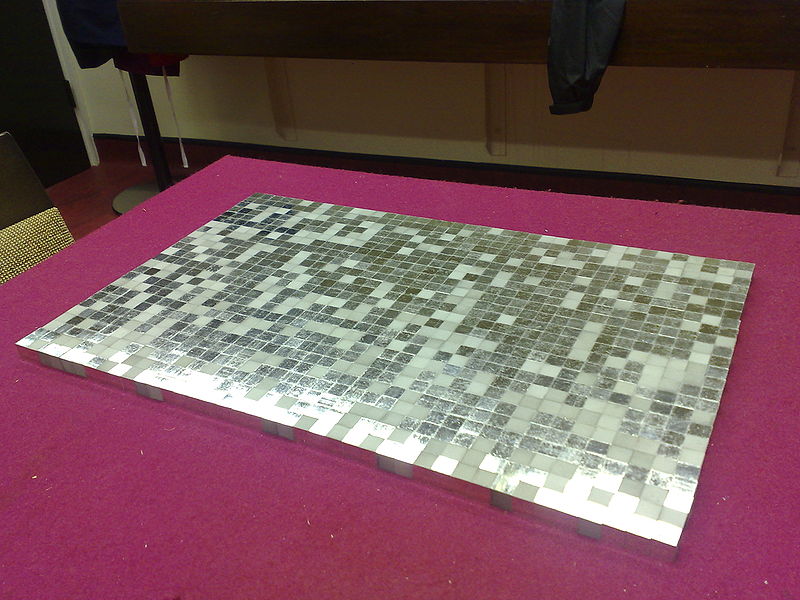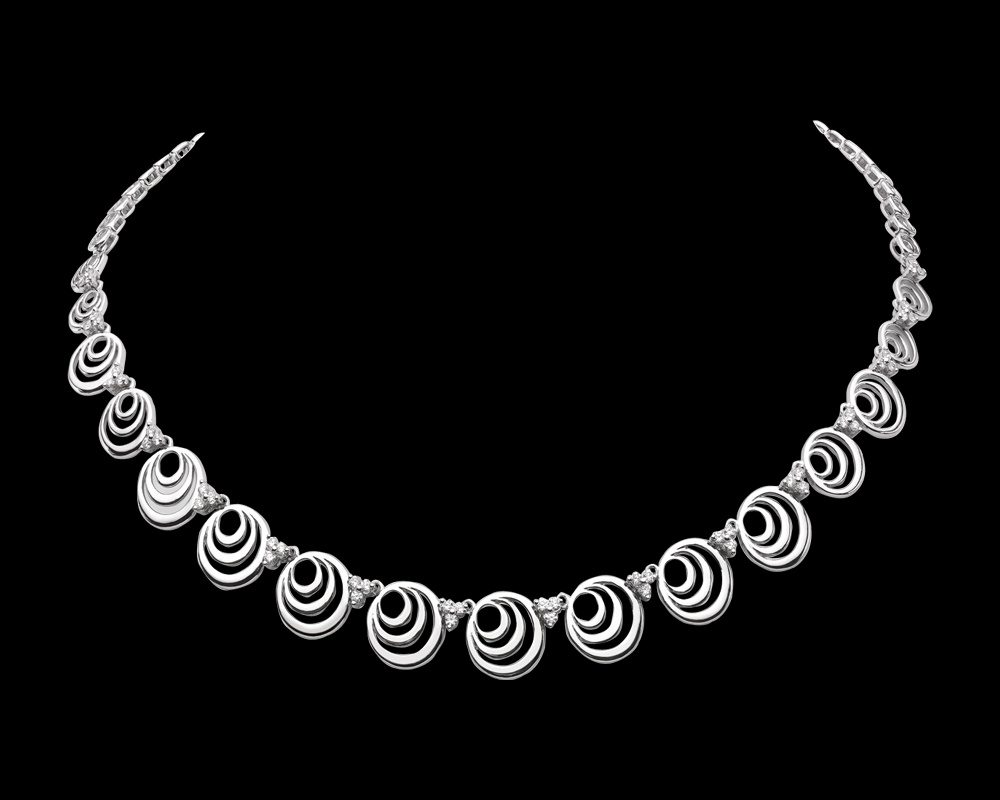Platinum group of element covers platinum, palladium, Rhodium, Ruthenium, Osmium and Iridium. These precious metals are very rare in the earth crust.
Most of these metals are recovered as by-products of nickel, chromium and copper. The most important among these metals is platinum. Platinum is used in jewellery,
electroplating and chemicals. It is also used in dental surgery and photographic work. Palladium is used in electronics industry. Other elements like Ruthenium, Osmium
and Iridium are used in chemicals and petroleum extraction. Platinum is grayish-white metal. It has lusture and bright appearance. It is malleable and ductile.
It is resistant to acids and saline water. Platinum is refined and separated from metals like lead, zinc, copper, silver and nickel. But in many cases, it occurs in native state.
In addition to the native metal, platinum also found as Sperrylite. Platinum and its associate elements are found in copper, nickel and chromite bearing deposits.
These elements are found in association with antimony, arsenic, bismuth, sulphur, selenium, tellurium, copper, silver, lead, zinc, nickel and chromium. Platinum is also recovered
from placer deposits. Platinum is also found near gold deposits. The important producers of platinum group of metals and minerals are South Africa, Zimbabwe, Canada, Australia,
Dominican Republic, Botswana, Finland, Columbia, Philippines, USA, Norway, Russia, Poland and Cuba





